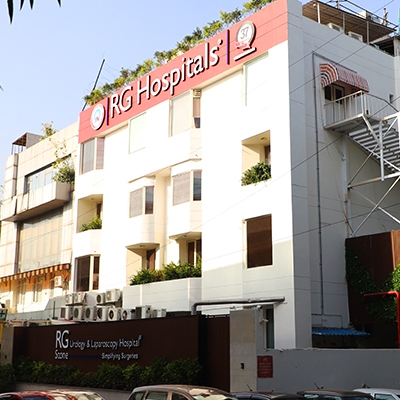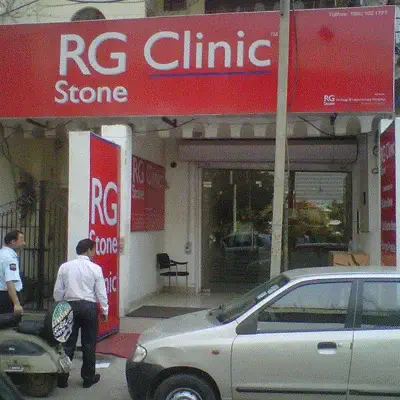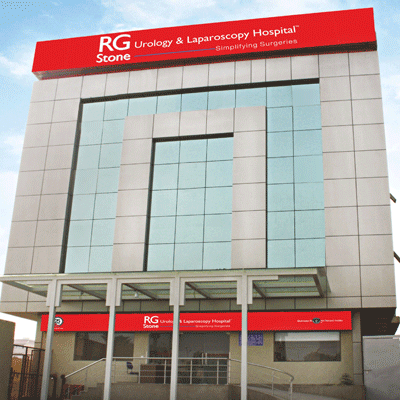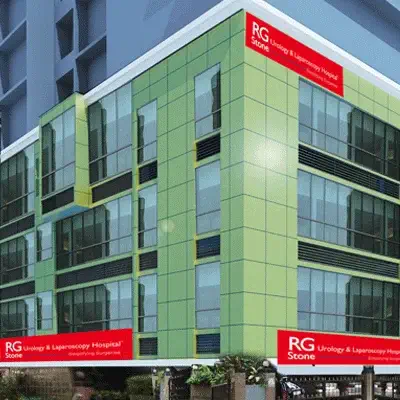Overactive bladder (OAB) is a condition characterized by sudden, involuntary contractions of the bladder muscle (detrusor), leading to urinary urgency and frequency. The exact cause is often unclear, but several factors can contribute to its development. These include neurological disorders affecting nerve signals between the brain and bladder, bladder obstruction, pelvic floor muscle weakness, hormonal changes (especially in women), and certain medications. Age-related changes in bladder function also play a role. The primary symptoms of OAB include a sudden, intense urge to urinate that's difficult to control, frequent urination (usually more than 8 times in 24 hours), and nocturia (waking up multiple times at night to urinate). In some cases, OAB may also lead to urge incontinence, where urine leakage occurs before reaching the toilet. These symptoms can significantly impact quality of life, causing sleep disturbances, social embarrassment, and limitations in daily activities.
Diagnosing overactive bladder typically involves a combination of clinical evaluation and diagnostic tests. The process usually begins with a detailed medical history and physical examination. Patients are often asked to complete a bladder diary, recording fluid intake, urination frequency, and any incontinence episodes. Urinalysis is performed to rule out urinary tract infections or other conditions that might cause similar symptoms. Post-void residual (PVR) volume is measured to ensure the bladder is emptying properly. In some cases, additional tests may be necessary:
Procedures & Interventions
Involves bladder training to gradually increase time between urinations and pelvic floor exercises (Kegels) to strengthen supporting muscles. Often includes fluid management and lifestyle modifications like caffeine reduction.
Primarily anticholinergics to relax the bladder muscle and reduce contractions. Beta-3 agonists are an alternative that can improve bladder capacity and reduce urgency.
Involves injecting botulinum toxin directly into the bladder muscle to reduce involuntary contractions. Effects typically last 6-9 months, requiring periodic repeat treatments.
Includes sacral nerve stimulation (implanted device) or percutaneous tibial nerve stimulation (external treatments). Both aim to regulate nerve signals controlling bladder function.
Uses sensors to help patients identify and strengthen pelvic floor muscles. Often combined with pelvic floor exercises to improve effectiveness and muscle coordination.
Applies mild electrical currents to pelvic floor muscles to improve strength and control. Can be done at home with portable devices or in a clinical setting.
Involves inserting a catheter to empty the bladder completely, usually intermittently. Used when OAB is accompanied by incomplete bladder emptying.
Reserved for severe, treatment-resistant cases; may include bladder augmentation to increase capacity. Carries higher risks and is considered a last resort option.
Includes acupuncture, herbal supplements, and mindfulness techniques. While some patients report benefits, scientific evidence is limited and more research is needed.
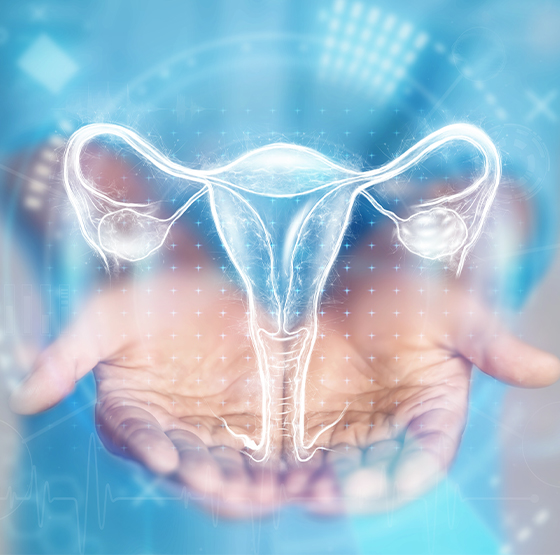
Involves bladder training to gradually increase time between urinations and pelvic floor exercises (Kegels) to strengthen supporting muscles. Often includes fluid management and lifestyle modifications like caffeine reduction.

Primarily anticholinergics to relax the bladder muscle and reduce contractions. Beta-3 agonists are an alternative that can improve bladder capacity and reduce urgency.

Involves injecting botulinum toxin directly into the bladder muscle to reduce involuntary contractions. Effects typically last 6-9 months, requiring periodic repeat treatments.
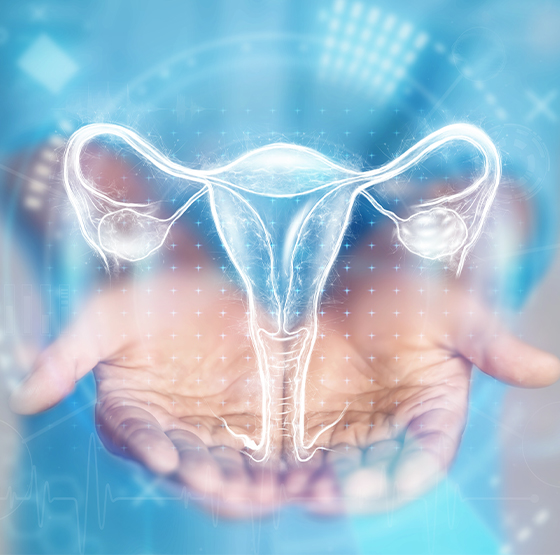
Includes sacral nerve stimulation (implanted device) or percutaneous tibial nerve stimulation (external treatments). Both aim to regulate nerve signals controlling bladder function.

Uses sensors to help patients identify and strengthen pelvic floor muscles. Often combined with pelvic floor exercises to improve effectiveness and muscle coordination.
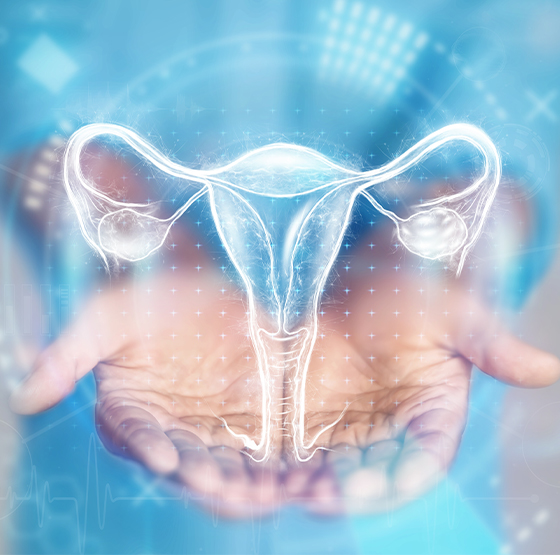
Applies mild electrical currents to pelvic floor muscles to improve strength and control. Can be done at home with portable devices or in a clinical setting.

Involves inserting a catheter to empty the bladder completely, usually intermittently. Used when OAB is accompanied by incomplete bladder emptying.

Reserved for severe, treatment-resistant cases; may include bladder augmentation to increase capacity. Carries higher risks and is considered a last resort option.

Includes acupuncture, herbal supplements, and mindfulness techniques. While some patients report benefits, scientific evidence is limited and more research is needed.
Team of Excellence
Behind every recovery story at RG Hospitals is a team of exceptional doctors whose passion for healing and innovation continues to transform healthcare and redefine patient outcomes.
Find a DoctorLooking for an Expert
RG Hospitals is proud to be the home of some of the world's most distinguished doctors.

Patient Stories
View AllPatient Testimonial | Commitment To Care
Treated by Dr. Manoj Gupta , RG Stone Hospital, Dehradun
- All Locations
- New Delhi
- Haryana
- Punjab
- Kolkata
- Chennai
- Mumbai
- Goa
- Uttar Pradesh
- Uttarakhand


